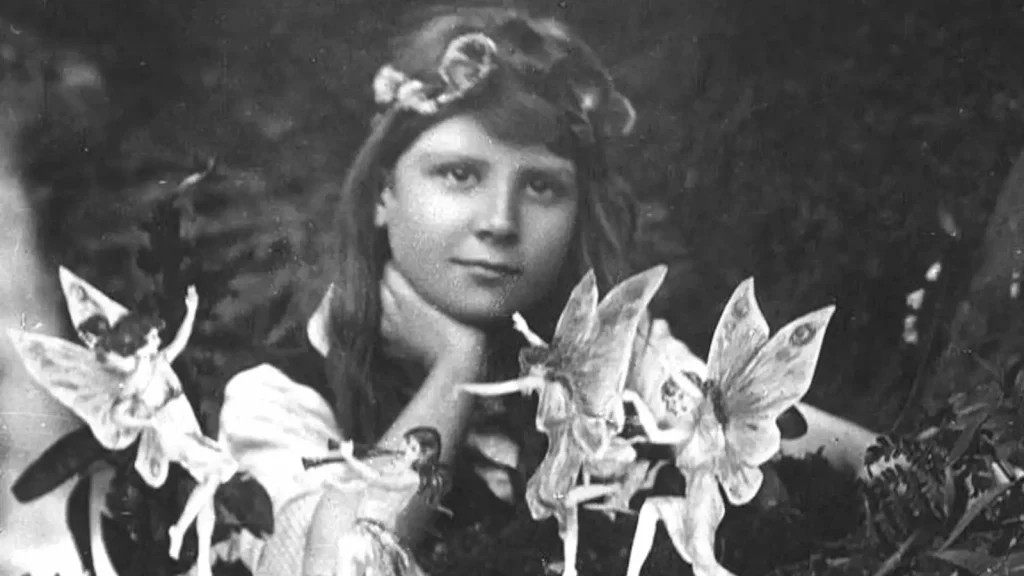One of the most disquieting things about the world in which we find ourselves is that our eyes and ears can be deceived. In my younger years, I never would have believed this possible. I was raised on movies such as Clash of the Titans and One Million Years BC, so the idea that special effects would ever become genuinely convincing seemed ludicrous to me. Yet fast forward a few years to the advent of CGI and I was witnessing films such as Jurassic Park, so I guess I should have seen the next stage coming.
The advent of AI is genuinely unsettling. We already inhabit a world in which it is possible to make anyone say anything. Take an image of someone famous, take their voice, feed it into the right kind of software managed by someone with decent skills and bingo – you’ve got Sadiq Khan saying “I control the Met police and they will do as the London Mayor orders” and suggesting that the Armistice Day memorial service be moved in order to make way for a pro-Palestininan march to take place. Even Sadiq Khan himself agreed that it sounded exactly like him. It kind of was him. Only he never said it. So this is where we are.
One of the earliest cases of mass hysteria over a fake photograph took place in the early 1900s, when nine-year-old Frances Griffiths and her mother – both newly arrived in the UK from South Africa – were staying with Frances’s aunt Polly and cousin Elsie, in the village of Cottingley in West Yorkshire. Elsie and Frances played together in the valley at the bottom of the garden, and said that they went there to see the fairies. To prove it, Elsie borrowed her father’s camera and dark room and produced a series of photographs of the two of them … well … playing with fairies. While Elsie’s father immediately dismissed the photographs as a fake and a prank on the part of the girls, Elsie’s mother was convinced by them. The pictures came to the attention of writer Sir Arthur Conan Doyle, who used them to illustrate an article on fairies he had been commissioned to write for the Christmas 1920 edition of The Strand Magazine. As a spiritualist, like many thinking men of his time, Doyle was convinced by the photographs, and interpreted them as clear and visible evidence of psychic phenomena. He was not alone.

This week’s horrendouly doctored photograph of the Princess of Wales and her three children was an extraordinary example of incompetence on the part of the Royal family’s comms team. Into a world which is already somewhat alive with gossip about the welfare and whereabouts of the princess, they released a photograph so badly edited that it was immediately withdrawn by major news outlets such as Reuters and the Associated Press. Reporting in the mainstream media has remained broadly philosophical and seems to accept claims by the palace that Kate herself had simply been messing about with Photoshop, that the photograph is a poorly-executed mash-up of several frames. Those of us that hang around on the internet, however, will know that the incident has sent the world into meltdown, with theories as to the whereabouts and welfare of the princess going wild. Many people believe that the botched photograph is a complete fake that proves Kate is currently either unwilling or unable to be photographed for real. Some have even convinced themselves that she is dead.
In a world where trust in authorities is becoming more and more eroded, I wonder whether the advent of AI will make us more and more afraid. I am a little afraid myself. Photographs used to be damning evidence and fake versions of them so obvious that they held no sway in a court of law or in the court of (reasoned) public opinion. These days, not only can convincing photographs be easily faked, but this fact opens up what is perhaps an even more frightening prospect: that anyone will be able to get away with anything, simply by claiming that the evidence as to their guilt is faked. Caught me with my hands in the till? It’s a fake. Caught me on camera with the secretary, darling? It’s a fake. Caught me attacking that person? It’s a fake. I find myself wondering how any of us will ever be sure of anything in the future.